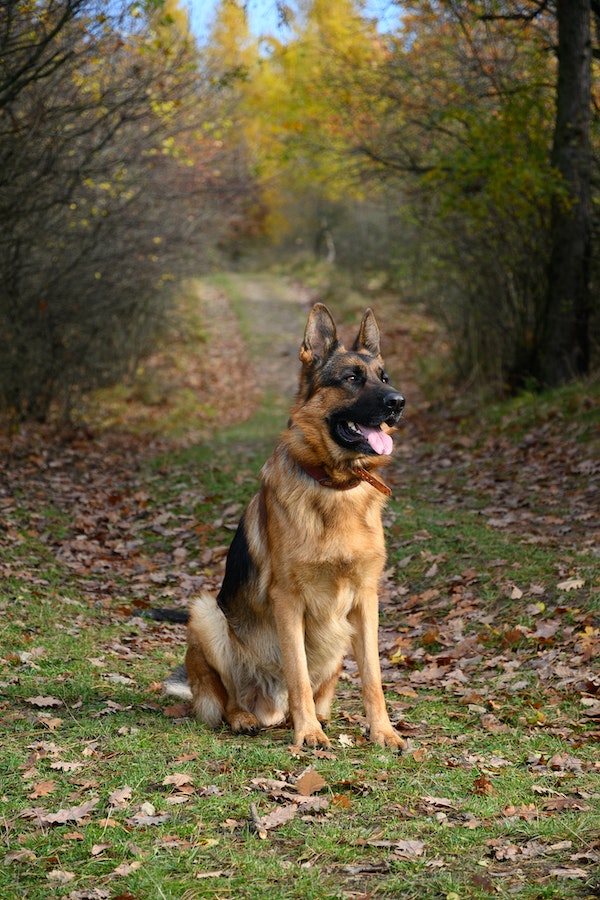
Great fun is made of the “high falutin” names fanciers give their showdogs, but unlike call names (the name we use when we quite literally “call” our dogs), a kennel name is essentially a breeder’s signature, a name that’s exclusive to them and that sets their puppies apart from another breeder’s. Some breeders go so far as to “legally” register their kennel names which allows them to name their dogs in a way that creates an identifiable foundation in the breed (though each AKC registered kennel name only applies to one breed). Registering one’s kennel name prefix was more common before the 1970s, though there’s a hint that doing so may be enjoying a come-back.
Some kennel names are created by combining the first names of the breeders, or by paying tribute to one’s first dog, children, or simply a favorite place, time, or even hobby. The very first kennel names registered with AKC were published in the January 1889 “Gazette.” The four were Fordhook, Maizeland and Blemton, and Kilmarnock.
One kennel name that gets noticed in the halls of England’s Kennel Club dates back to 1879 when King Edward VII built kennels on the southern edge of the property on which Sandringham House sat. Under Queen Alexandra’s control, the Sandringham kennels sometimes housed a hundred dogs including Borzois, Chow Chows and Pugs. A strain of highly respected black Labrador Retrievers with the Sandringham kennel name dates back to 1911, no doubt influenced by King George VI’s passion for game-shooting. Through her father, the future Queen Elizabeth II learned the value of a well trained gundog. Under the tutelage of trainer, Jack Curtis, the Queen worked with “Snare” and “Sabre,” her first Labrador Retrievers, and over time, Sandringham dogs performed quite well at field trials. Before Her Royal Highness retired from dog activities, all puppies born at Sandringham were named by the queen and registered with the Kennel Club with the prefix “Sandringham.”
If you have a kennel name, how did you choose it?
Image by Jana Ohajdova is shared under the Unsplash License

I breed Longhaired Dachshunds. Because the different coats are registered as one breed, its traditional to identify coat with a letter denoting their coat type.
Example, Fred of Long Dog Acres L, (longhair) or Abbot of Some Other Place W (wire)
My kennel name is a play on that. Raisin’L Dachshunds
Fascinating, Mary, we had no idea! Now THAT’S information worthy of its own post! Thanks for sharing this!